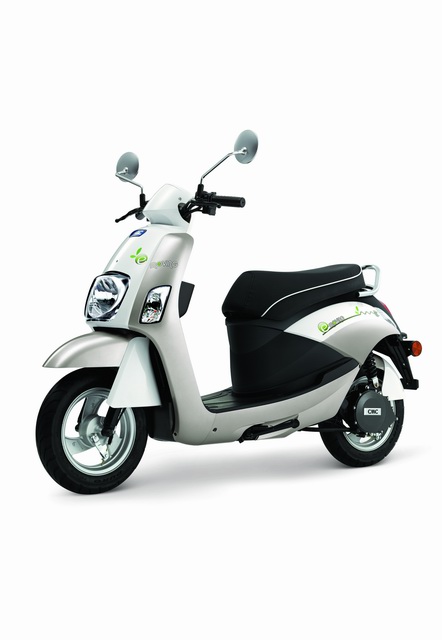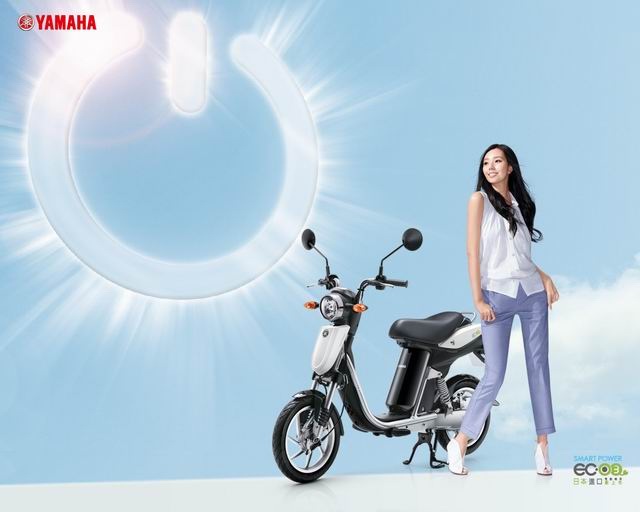Annual Sales of E-PTWs in North America to Increase Nearly Ten-Fold by 2018: Navigant Research
2013/07/15 | By Quincy LiangChina has been the largest market for electric powered two-wheelers (PTWs), including both e-scooters and e-motorcycles, for a long period since the Chinese government tries to control air pollution especially at major cities by limiting the volume of traditional internal combustion engine (ICE) PTWs.
To date, little demand for e-PTWs has existed outside Asia Pacific, with the exception of a few Western European countries such as Germany and Spain, which are also major markets for ICE PTWs in the region.
However, the global e-PTW market is expected to see some changes over next few years, as recent report from Navigant Research pointed out that sales of e-motorcycles and e-scooters in North America will grow from a little more than 4,000 in 2012 to more than 36,000 in 2018, a nearly 10-fold expansion.
Dave Hurst, principal research analyst with Navigant Research, notes that the market for e-motorcycles and e-scooters will grow as manufacturers provide more robust features, including longer range capability, better performance, and in the case of e-motorcycles, higher speeds. "The North American market is still very much in its infancy, but the United States will see strong growth, with a compound annual growth rate of greater than 50 percent through 2018," he forecasts.

In Asia Pacific, scooters and low-powered motorcycles are widely used as everyday transportation. In North America, by contrast, motorcycles and scooters (including e-motorcycles and e-scooters) are more likely to be used for recreation than as a primary form of transportation. The interest in higher-powered and touring motorcycles is higher in North America than other regions, and so e-motorcycles and e-scooters are often purchased as complements to other forms of transportation.
EV Battery
In conjunction with the increasing popularity of vehicle electrification, the development of the lithium-ion (Li-ion) power cells for electric vehicle (EV) application has been accelerating, while also helping to accelerate the worldwide market for electrified vehicles.

This shift represents a major endorsement of Li-ion chemistry and its ability to perform consistently in an automotive environment. According to another recent report from Navigant Research, total worldwide production capacity of Li-ion batteries for transportation applications will increase more than 10-fold, from 4,400 megawatt-hours (MWh) in 2013 to nearly 49,000 MWh by 2020.
"Li-ion technology continues to improve, as increased energy densities translate into smaller and lighter battery packs with more power," says David Alexander, senior research analyst with Navigant Research. At the same time, leading battery cell manufacturers have built new factories utilizing the latest production techniques, including greater automation and faster throughput. This will lead to a reduction in the cost per kilowatt-hour (kWh) over the next few years, provided that volumes continue to increase.
The market for Li-ion batteries will primarily be driven by the growth of battery electric vehicles (BEVs), as they utilize much larger battery packs than plug-in hybrid electric vehicles (PHEVs). Today's BEVs use battery packs ranging from 16 kWh to 85 kWh, compared to PHEVs that typically use packs ranging from 4 kWh to 16 kWh.
Additionally, many recently introduced hybrid vehicles, such as the Honda Civic Hybrid, use Li-ion batteries, and the percentage of hybrids using Li-ion technology is expected to grow steadily as automakers update their models.




